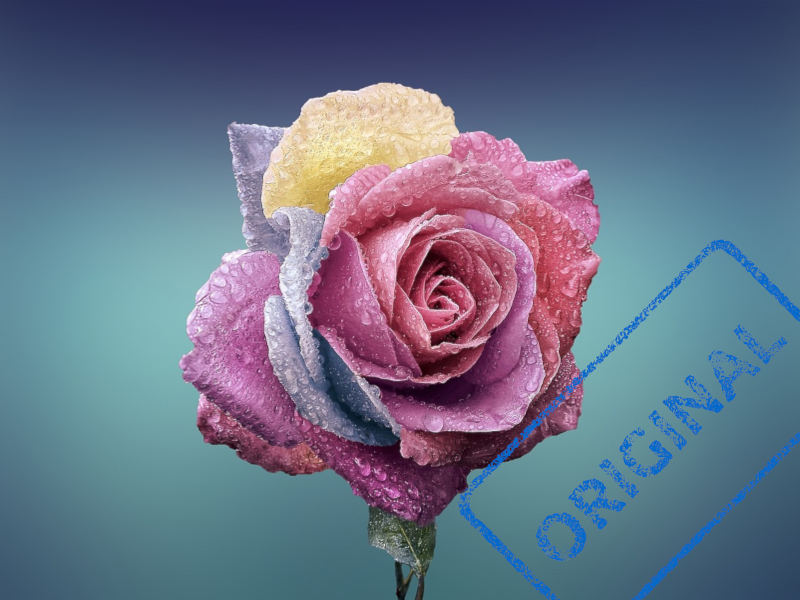
© image: Bess.hamiti and OpenClipArt on Pixabay
To watermark or not to watermark?
Using images taken from the Internet for a variety of reasons and final products is an undisputed need. Yet the point is: are watermarks useful for us surface pattern designers?
Using images taken from the Internet for a variety of reasons and final products is an undisputed need. From websites to packaging, from the publishing industry to mass media, from design to social media, we all use and see images – photos, illustrations, diagrams, embroidery, paintings and so on and so forth. Yet the point is: are watermarks useful for us surface pattern designers? There are conflicting opinions about that, so I will discuss all the pros and cons of each position and state my opinion in the end.
A watermark is an image, a logo or a name superimposed to an original image, photo, illustration or design to indicate whose propriety the image is. It is generally transparent to a certain degree and is may be placed somewhere where it does not disturb the vision or across the entire image, according to the author’s opinion. It is more than a caption although it may contain various information about, for instance, time, place, used tools, the author’s website and so on.
Those in favour say that watermarks are an effective way to protect one’s works, since they make the images impossible to be copied. The problem is that, with a bit of work, one can easily remove any watermark, obtaining a decent result and AI can do it in a fraction of a second. So a watermark is no real deterrent neither for humans nor for people feeding AI-image makers. Moreover, an image can be copied with a screenshot, if one is happy with low-quality images, or, worse, one can copy its general idea – the subject, the type of light, the point of view, the elements or the palette – and replicate it. In surface pattern design this is a real problem. It is not the image but the idea and the related technique we need to protect. It is true, we often have a look at other designers to gather inspiration and ideas but we do not copy, the same way any serious people do.
People in favour of watermarks say that they give your name exposure, which can eventually result in more sales. This is arguably true, since a simple, cropable old-style signature, the file metadata or even a caption may equally work.
People against watermarks say they do not offer a solid protection against thefts or inappropriate usage, for the reasons explained before. They add that watermarks ruin the images, making them ugly or annoyingly disturbed. I even read that some people think that a watermark is an arrogant display of pride in one’s own work, which may be detrimental to the author’s reputation. Unfortunately, these aren’t solid reasons, as they lay in the realm of possibilities as much as the above opinion about exposure, so I will not discuss them further.
In my opinion, the last objection to watermarks is more rational. Watermarks require time both to make them and place them and time is precious. Indeed, this is hardly disputable. To that, I can add the fact that the vast majority of surface pattern designers do not use watermarks on their images when they show them on social media, partly because they do not know how to protect them, partly because they are part of a studio or sell on POD websites or have got a consistent list of clients and what they aim at is simply showing their work.
So, to watermark or not to watermark? Indeed that is the question. Personally, in this very moment, I prefer not to waste time and carefully choose what design to show to the general public in a low resolution format and what to keep reserved in my portfolio, that I make visible only to those who ask for it, having been given a short version. Maybe this will result a bad move but at present I am not in the position to say it is yet. In your opinion, is there room for discussion about that in a world that is dominated by greedy and unprincipled people who are ready to steal and abuse others’ creativity and skills and to train AI tools with stolen images of any kind? I cannot say but I am very, very, very dubious.

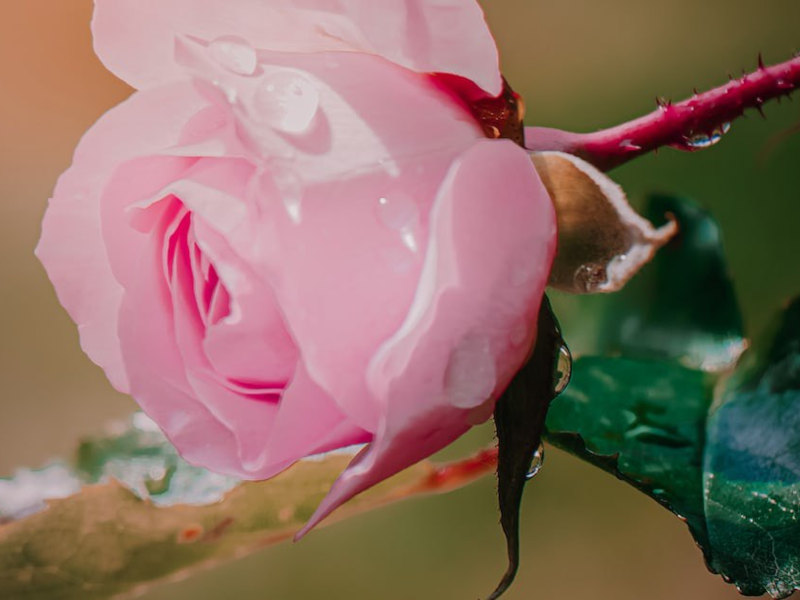
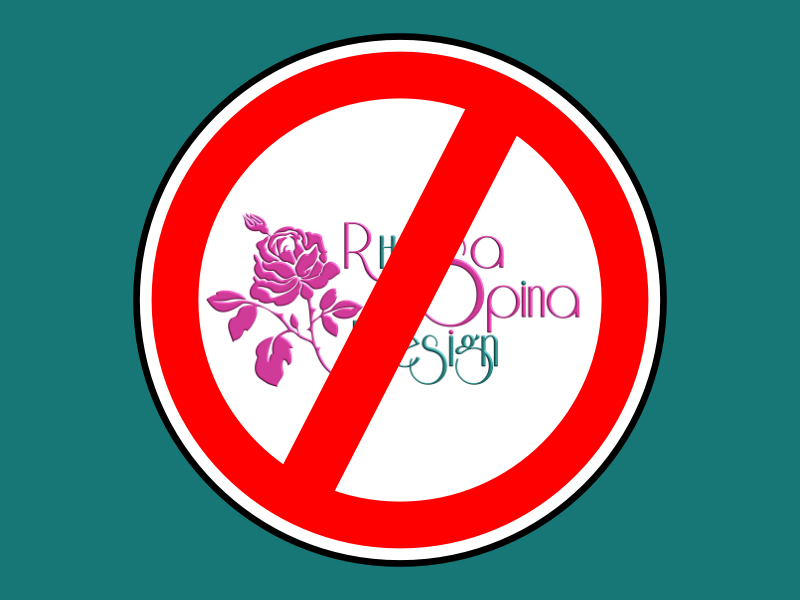
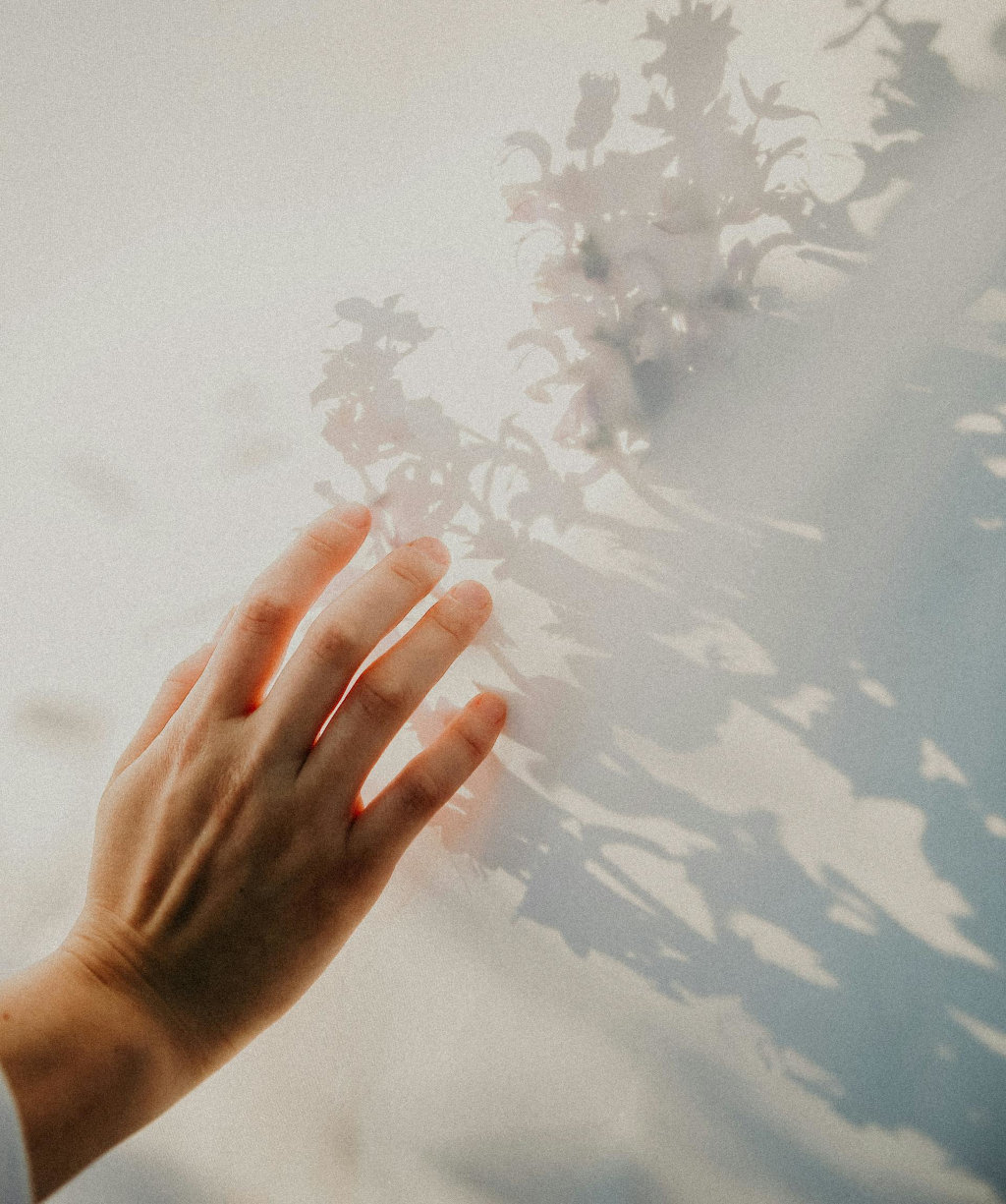

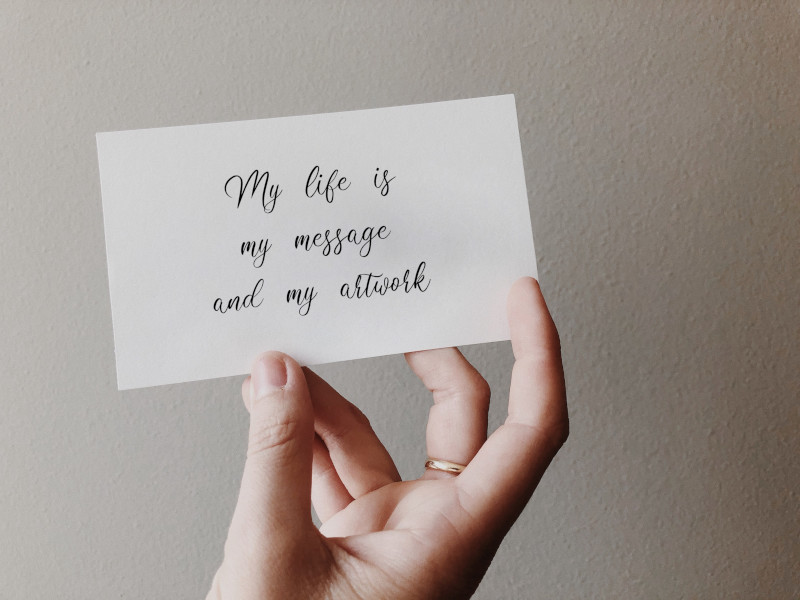
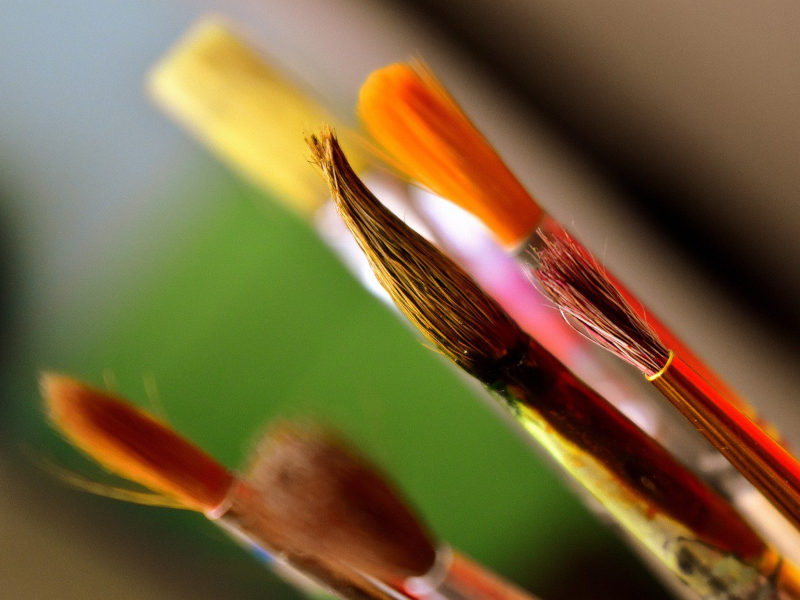
0 comments
Only site members can comment
If you want to leave a comment on the post you must be registered on the site, just a nick and an email.
Subscribe